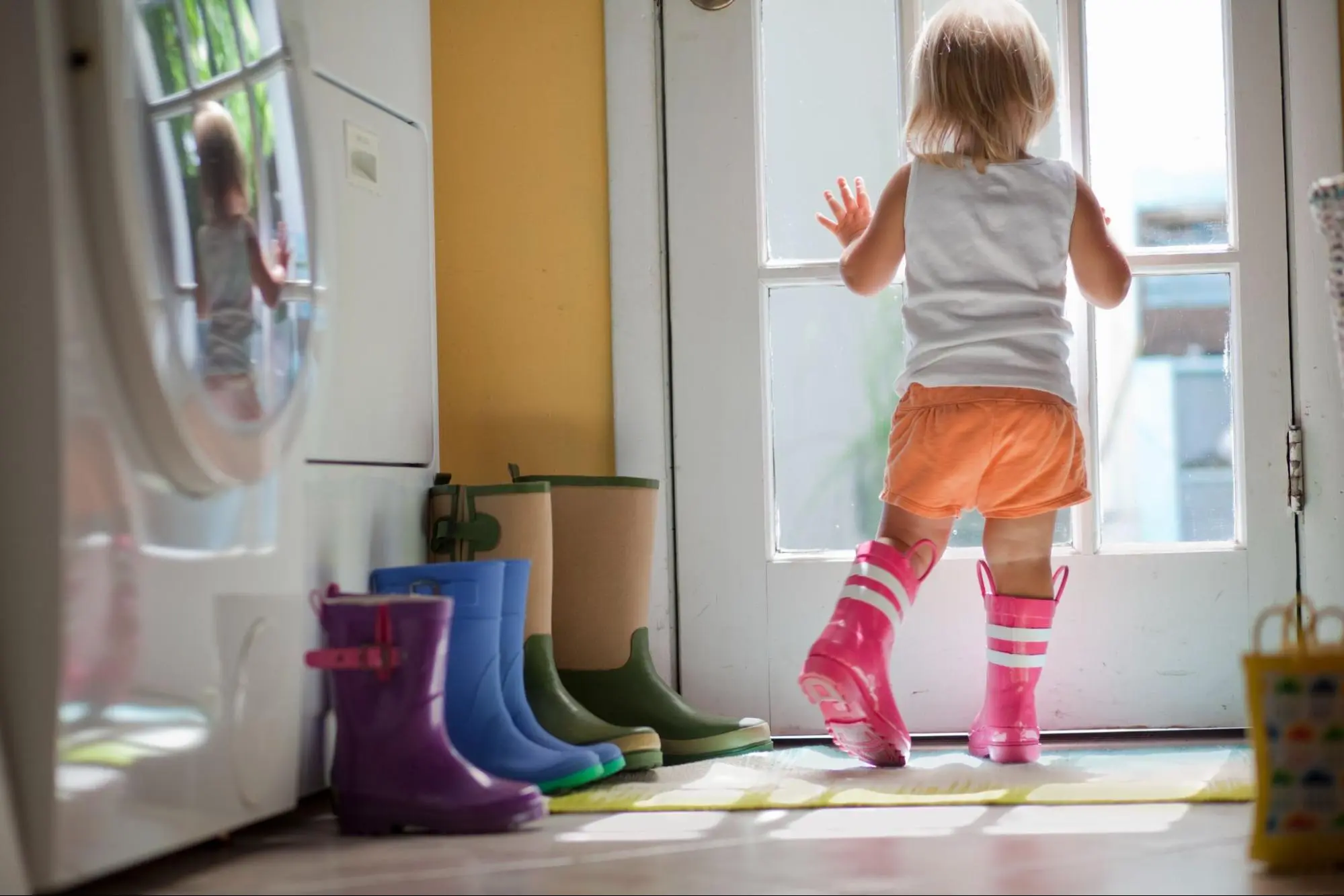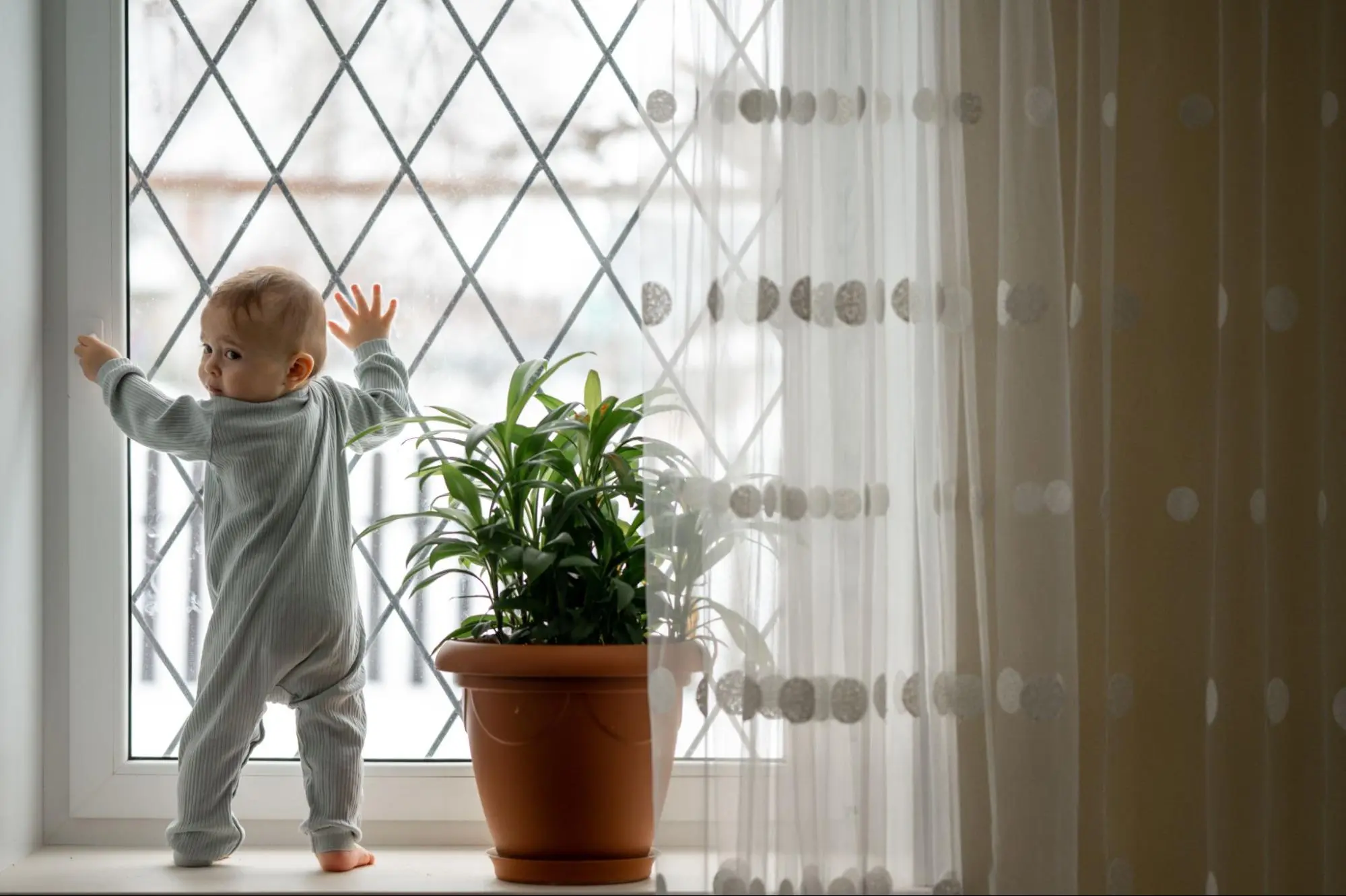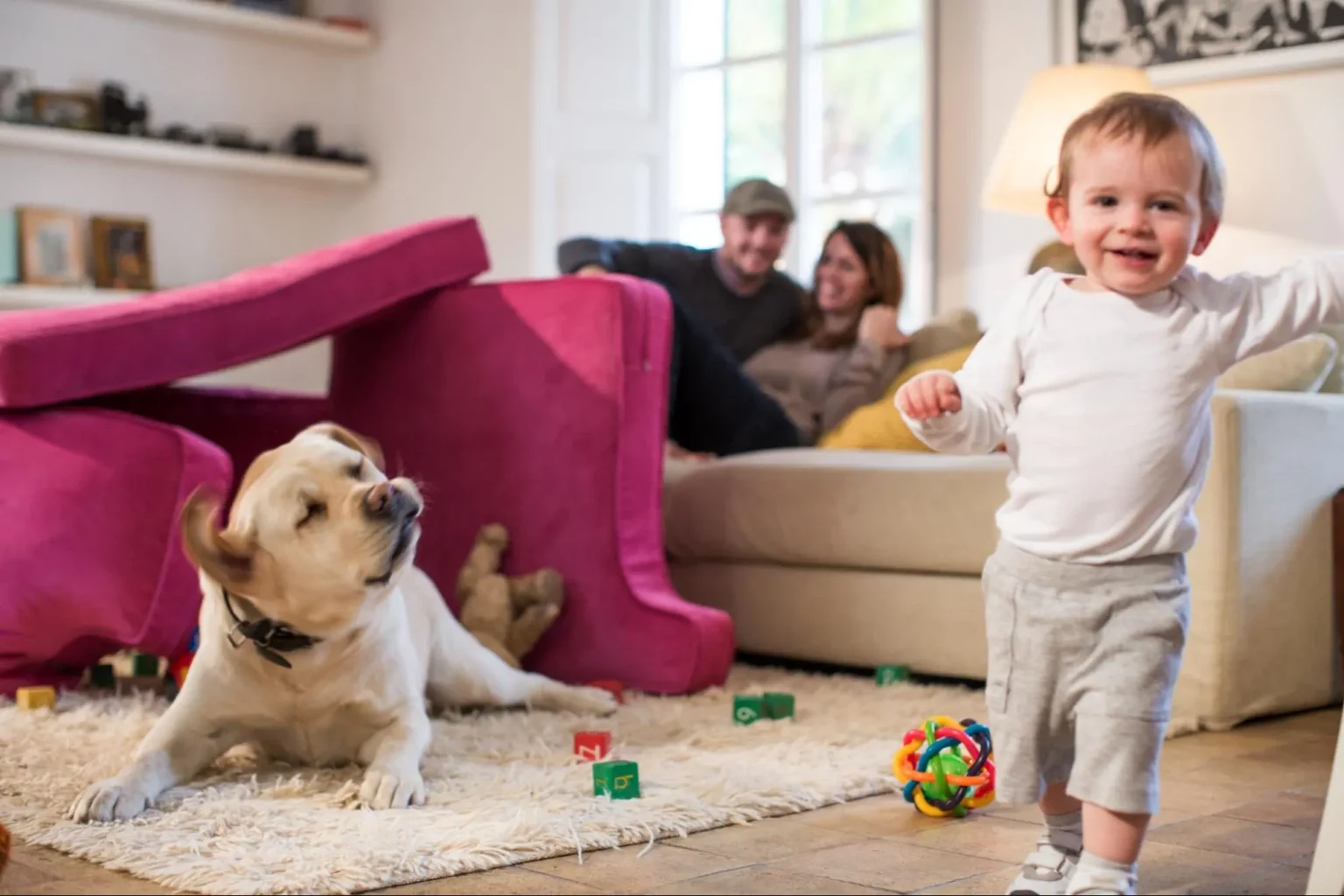
Childproofing your home is essential to keep your little ones safe. As a family handyman, you understand how crucial it is to make sure every corner of your house is secure. Installing childproof gates, door locks, and outlet covers can help prevent accidents and protect your children. With a few simple steps, you can create a safer environment and give yourself peace of mind.
Start with the fundamentals like setting your water heater to a safe temperature and installing smoke detectors. Enhance safety by placing cushions on the corners of furniture and securing loose wires. Converting your home into a safer space doesn’t have to mean a complete remodel; it’s about making smart, preventive adjustments.
Specific areas, like the kitchen and bathroom, require more attention. Use cabinet locks to keep dangerous items away from curious hands and consider adding window locks. These measures might seem small, but they make a significant difference in maintaining a child-safe home. Let’s dive into some childproofing tips for your home
To create a safer environment for your children, start by identifying household hazards and implementing basic childproofing techniques. This approach ensures your home is guarded against common risks and offers peace of mind.
Begin by getting down to your child’s level. Crawling around helps you see the world from their perspective. Look for sharp corners, exposed outlets, and reachable cabinets.
Make a checklist of hazards. Windows, electrical outlets, and sharp furniture edges should be at the top of the list. Order safety gates, cabinet locks, and outlet covers as part of your initial setup.
Regularly inspect these areas. Ensure windows can’t be opened wide enough for a child to crawl through. Use window guards or stops to prevent falls. This proactive approach helps you stay ahead of potential dangers.
Install outlet covers to prevent electrical shock. These should be easy for adults to remove but challenging for children. Place corner guards on sharp furniture edges to protect against bumps and bruises.
Use cabinet locks and child locks on drawers and doors that contain dangerous items like cleaning supplies or sharp utensils. Secure furniture anchors to prevent heavy items from tipping over.
Set up a safety gate at the top and bottom of stairs to prevent falls. Consider door locks to keep children from entering rooms that are not child-friendly. Regularly check all safety devices to ensure they are functioning correctly. This ongoing vigilance is key to maintaining a safe home environment.

When childproofing your home, it’s crucial to focus on securing living spaces, ensuring kitchen and bathroom safety, and considering outdoor hazards. Each area has its potential risks that require specific safety measures.
Your living room and bedrooms should be free of hazards like unsecured furniture and sharp corners. Attach furniture such as bookshelves and TVs to the wall to prevent them from tipping over. Use corner cushions on tables and other sharp-edged furniture.
Install cordless blinds or cut the loops to prevent strangulation. Keep small objects and choking hazards out of reach and ensure electrical outlets have covers. If you have a fireplace, install a secure screen or gate to keep your child safe from the flames and hot surfaces.
The kitchen and bathroom contain many hazards such as sharp objects, hot surfaces, and appliances—secure cabinets with childproof locks to keep sharp objects, chemicals, and small appliances out of reach. Install stove knob covers and oven locks to prevent little hands from turning them on.
Keep the bathroom doors closed and use toilet locks to prevent drowning risks. Set your water heater to a safe temperature of 120 degrees F to avoid burns during bath time. Install non-slip mats in the bath and secure the toilet lid with a lock to prevent accidents.
Outdoor areas like your yard and patio also need childproofing. Ensure pools are fenced with self-locking gates. If you have a deck or stairs, install safety gates to prevent falls. Secure outdoor furniture to prevent tip-overs and keep gardening tools and chemicals locked away.
Install soft surface materials like mulch or rubber under play equipment to cushion falls. Be mindful of any outdoor appliances like grills, ensuring they are inaccessible and stored safely when not in use. Finally, check your fence for gaps and repair any potential escape routes for your child.

Making your home safe for children involves addressing several common hazards through maintenance and repair. From ensuring the water temperature is safe to covering sharp corners, these tasks are crucial for childproofing your home effectively.
Each of these tips focuses on practical home repairs that reduce risk and create a safer environment for your children. Regular upkeep and proper installations are essential in preventing accidents and injuries at home.
When it comes to childproofing, going beyond the basics can significantly enhance the safety of your home. By utilizing professional tools and technologies, you can ensure a secure environment for your little ones.
Engaging professional expertise can make a big difference in childproofing your home. Experts are trained to spot hazards that might not be immediately obvious. They can install specialized safety devices like a safety gate at the top and bottom of stairs, as well as across rooms. Professionals also recommend establishing strict protocols for fire safety.
Having a fire extinguisher readily available and ensuring it’s in good working condition is vital. Similarly, make sure carbon monoxide detectors are installed near sleeping areas, especially if you use gas or oil heat. It’s also advisable to have a well-stocked first aid kit that’s easily accessible in case of emergencies. These measures not only enhance safety but also provide peace of mind.
Today’s smart home technologies offer advanced solutions for childproofing. Home security systems with motion sensors and cameras can monitor activity throughout the house, ensuring kids are safe even when they’re playing alone. Smart locks can be installed on doors to prevent unauthorized access or accidental escapes, which is particularly useful for toddlers.
Additionally, using smart home devices to monitor water temperature can help avoid accidental burns. You can also integrate apps that alert you if your child gets too close to certain areas like the kitchen or the pool. Such technologies not only improve safety but also make childproofing more efficient and manageable.
By combining professional tools and modern technology, you can create an exceptionally safe environment for your children.
Childproofing your home involves several essential steps to ensure safety. Install smoke detectors on every level and near bedrooms. Use carbon monoxide (CO) alarms near sleeping areas, even if you don’t have fuel-burning appliances.
Set the temperature of your water heater to 120 degrees Fahrenheit to prevent burns. Place covers on electrical outlets and cushion furniture corners to avoid injuries. For windows, install locks that prevent them from being opened wide enough for a child to crawl through.
Regular safety audits are vital. Checking and maintaining safety devices regularly ensures they function properly. Adapt safety measures as your child grows and develops new skills.
By taking these steps, you can create a safe environment for your little ones. Stay proactive and ensure regular checkups of all safety devices and adaptations in your home. This way, you provide a secure and nurturing environment for your children.
You can create a safe environment for your little ones by taking these steps. Stay proactive and ensure regular checkups of all safety devices and adaptations in your home. This way, you provide a secure and nurturing environment for your children
Consider using Kaminskiy Care and Repair services for expert help in childproofing your home. We provide tailored solutions to your needs. Contact us today.
Ensure all cabinets and drawers have childproof locks. Place covers on electrical outlets and install safety gates at the top and bottom of stairs. Secure heavy furniture to the walls to prevent tipping. Use window locks or keep windows from opening wide enough for a child to crawl through.
Parents should start childproofing when their child begins to crawl, typically around 6 to 10 months old. This is the stage when babies become mobile and start exploring their surroundings, increasing the risk of accidents.
Consider purchasing safety gates, electrical outlet covers, cabinet locks, and corner cushions. Smoke and carbon monoxide detectors are also vital for safety. To handle minor injuries, a first aid kit with sterile gauze pads, antiseptic wipes, and a digital thermometer is useful.
A professional handyman brings experience and expertise in identifying potential hazards you might overlook. They can efficiently install safety devices and ensure everything is secure. Unlike DIY methods, a handyman’s approach often involves more thorough and professionally executed setups, which can provide additional peace of mind.